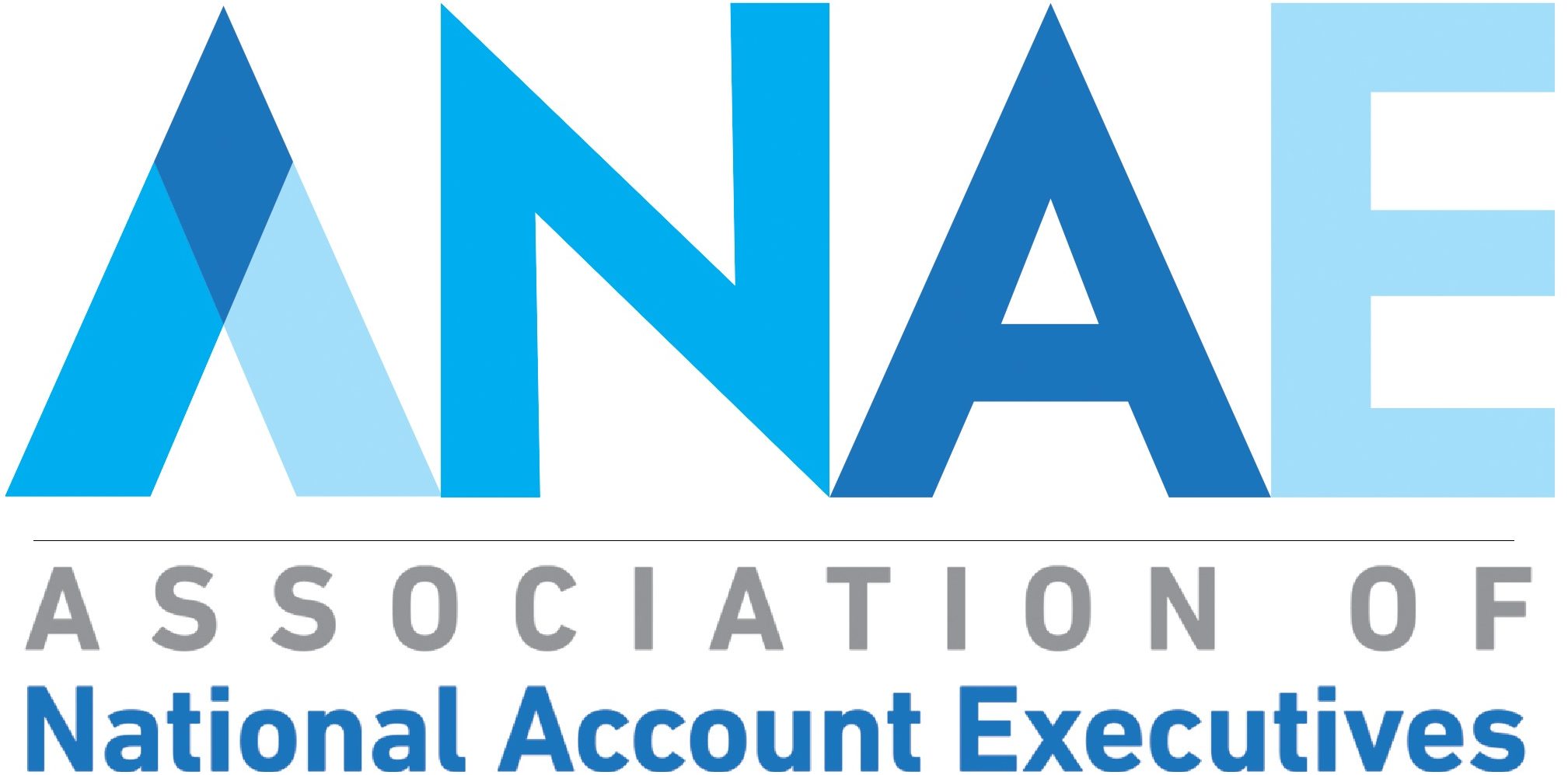- 8 Tactics for Negotiation with GPOs (Group Purchasing Organizations) - July 13, 2021
- Why I am not responding to your email - September 23, 2020
- FAH Conference 2020: Key Takeaways - March 4, 2020
Have you read “Bitter Pill” in Time Magazine? If not I ask, beg, plead you do so. I wish I could re-print it here for you, but Time has it behind a firewall and will charge you $9 to get access! Don’t be cheap, it is worth every penny.
In fact I’ll send you the $9 if you think it wasn’t a great use of your time.
http://backissues.time.com/storefront/2013/special-report-why-medical-bills-are-killing-us/prodTD20130304.html
I think this article is going to make big conversations happen in our nation’s hospitals and legislative halls locally and in DC!
Steven Brill wrote this 24,000 word article — the largest article ever published in Time. Take a look at this quick YouTube video.
http://www.youtube.com/watch?v=I4yIlbh0CwE
Much of what he wrote is not necessarily new, but nonetheless thought provoking. It’s always interesting to read how much money CEOs and Executives make, and imagine them in their corporate suites with ankle high shag carpet drinking from chalices and eating caviar. But it’s hard for me to fault them for being well compensated in exchange for managing an organization that employs tens of thousands of people and being fiscally responsible for billion dollar budgets. In today’s economy, the skill set needed to accomplish this doesn’t come cheap.
We have all heard of the $7 Tylenol pill. Nothing new here and I think we’d all agree that life would be much easier if we could buy our supplies and services at Amazon, but I don’t see that happening anytime soon. I did find many of Brill’s points worthy of further discussion.
I was fascinated by his argument that not-for-profit systems have to spend their “profits” to keep their not-for-profit status, creating upward pressure on costs. Makes sense. If systems spend their earnings on buildings and staff that need continued escalating revenue to operate; the cost for operations certainly is going up. Wouldn’t it be great if instead of spending on increased capacity that may or may not be needed, that money was spent on better products, services and wellness of the patient population? Maybe this explains why there is 33,000,000 square feet of healthcare provider space under construction today.
I also found his first premise incredibly simple and appropriate. The foundation of the article is built on the premise that through reform we have addressed the second question of “who should pay the bill” not dug into the first question which is “why is the bill so high?”. I could not agree more. As for why costs are so high, I have my own ideas that I will cover in the next letter. In the meantime I’d love to hear your thoughts.
Thank you for reading this post!
John Pritchard
President- ANAE

I recently went to my primary care provider for a physical. In the past, I didnt pay attention to the bill I received after my visit since my insurance company covers this. After reading this article I combed through my bill and noticed my carrier was charged over $100 for a simple CBC test. I have sold hematology analyzers in the past and know that medicare reimburses $12 for this test. Brill nails it with the “Bitter Pill”. Take the first step and educate yourself with this article, it is eye opening and worth every penny.